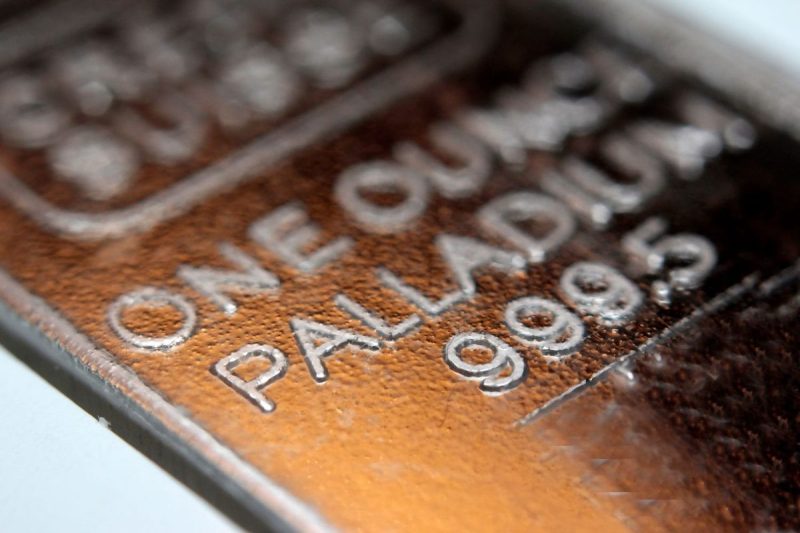The recent surge in the popularity of PGMS (platinum group metals) comes amid escalating tensions between the United States and G7 nations on one side and the BRICS (Brazil, Russia, India, China, and South Africa) countries on the other. The US-led push for sanctions against G7 nations has prompted BRICS to explore alternative trade routes and partnerships, leading to a renewed interest in PGMS as a strategic asset.
PGMS, including platinum, palladium, rhodium, ruthenium, iridium, and osmium, are crucial components in various industrial applications, including catalytic converters, electronics, and jewelry. The increasing demand for electric vehicles and stringent emissions regulations have further fueled the demand for these metals.
In response to the challenges posed by the sanctions regime, BRICS nations have been actively seeking alternatives to traditional trade partners. The recent signing of the RCEP (Regional Comprehensive Economic Partnership) agreement, which includes several BRICS countries, underscores the growing importance of regional economic cooperation as a counterbalance to Western dominance.
China, in particular, has emerged as a key player in the global PGMS market, with its significant investments in mining and refining infrastructure. As the world’s largest consumer of platinum and palladium, China’s demand exerts a considerable influence on global prices and supply chains.
Russia, another major player in the PGMS market, holds vast reserves of these metals and plays a crucial role in the global supply chain. The country’s close ties with China and other BRICS nations provide it with alternative avenues for trade and cooperation, reducing its dependence on Western markets.
India, with its rapidly growing economy and expanding manufacturing sector, represents a significant potential market for PGMS. The country’s increasing focus on sustainable development and clean energy technologies further amplifies the demand for these metals.
South Africa, a major producer of platinum and other PGMS, faces challenges such as labor strikes, regulatory hurdles, and environmental concerns. However, the country remains a key player in the global PGMS market and continues to attract investment in mining and refining projects.
Brazil, while not a major producer of PGMS, plays a crucial role as an emerging market with significant growth potential. The country’s industrial base and diverse economy make it an attractive partner for trade and investment opportunities in the PGMS sector.
In conclusion, the surge in PGMS prices and demand reflects a shifting global landscape characterized by geopolitical tensions and emerging trade dynamics. As BRICS nations explore alternative trade routes and partnerships, the strategic importance of PGMS as a critical resource is likely to continue growing, shaping the future of the global economy and trade relations.

